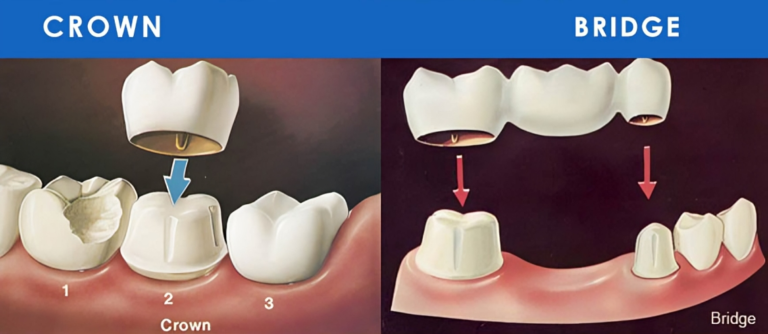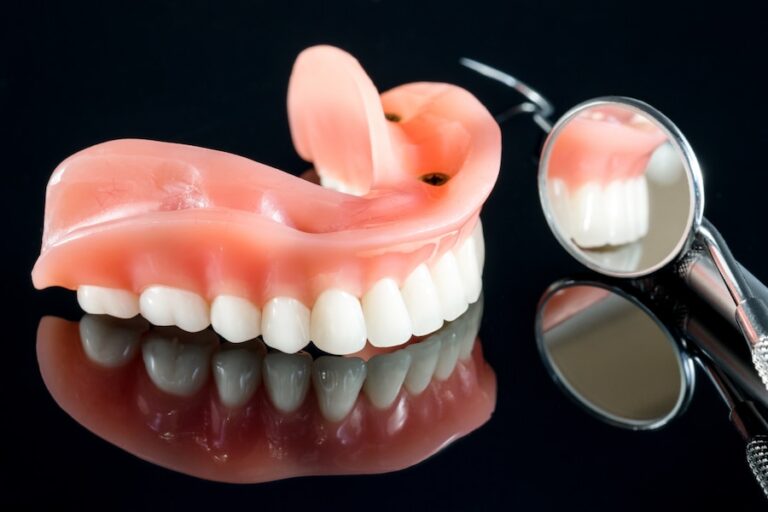The Evolution of Teeth Replacement Exploring Modern Solutions.
Teeth replacement has come a long way from the rudimentary methods of ancient civilizations to the advanced and sophisticated techniques available in the 21st century. Losing teeth, whether due to decay, injury, or age, can significantly impact one’s oral health and overall well-being. Fortunately, modern dentistry offers a range of solutions for teeth replacement that not only restore function but also enhance aesthetics. In this article, we will explore the evolution of teeth replacement and delve into the cutting-edge options available today.
To Know More About It Please Click Here
Historical Perspectives
Historically, people have sought various ways to replace missing teeth. Ancient civilizations experimented with materials like animal bones, seashells, and even stones as makeshift dental implants. As time progressed, humanity’s understanding of dental anatomy and technology improved, leading to the development of more advanced replacement methods.
Dentures emerged as a popular solution during the 18th century, crafted from materials such as ivory, porcelain, and human teeth. While dentures provided a functional alternative, they often lacked the natural look and feel of real teeth. Over the years, dental science continued to evolve, giving rise to more permanent and natural-looking teeth replacement options.
Modern Solutions
- Dental Implants: Among the most revolutionary advancements in teeth replacement is the dental implant. Dental implants are titanium posts surgically placed into the jawbone to serve as artificial tooth roots. This method provides a stable foundation for dental crowns, bridges, or dentures, resulting in a durable and natural-looking solution. Dental implants offer improved functionality, preventing bone loss and maintaining oral health.
- Dental Bridges: Dental bridges involve anchoring artificial teeth, known as pontics, to adjacent natural teeth or dental implants. This fixed prosthetic is an effective way to replace one or more missing teeth, restoring the appearance and function of the dental arch. Advances in materials and techniques have made dental bridges more durable and aesthetically pleasing over time.
- Dentures: Traditional dentures have undergone significant improvements in recent years. While removable dentures remain a viable option, there are now implant-supported dentures that offer increased stability and comfort. These dentures are attached to dental implants, providing a secure fit and preventing issues commonly associated with traditional removable dentures.
- Mini Dental Implants: Mini dental implants are smaller versions of standard implants and are often used in cases where traditional implants may not be suitable. These implants are less invasive, require a shorter healing time, and are an excellent option for patients with limited bone density.
- All-on-4 and All-on-6 Implant Solutions: These are innovative implant-supported denture systems that utilize a strategic placement of implants to support a full arch of teeth. All-on-4 and All-on-6 solutions provide a fixed and stable alternative to removable dentures, enhancing comfort and functionality for individuals with extensive tooth loss.
To Know More About It Please Click Here
Conclusion
Teeth replacement has evolved significantly over the centuries, from primitive materials to sophisticated modern solutions. The advent of dental implants, bridges, and improved denture options has transformed the landscape of oral healthcare. These advancements not only address the functional aspects of tooth loss but also prioritize aesthetics and long-term oral health. As technology continues to advance, the future holds the promise of even more refined and personalized teeth replacement options for individuals seeking to restore their smiles.







